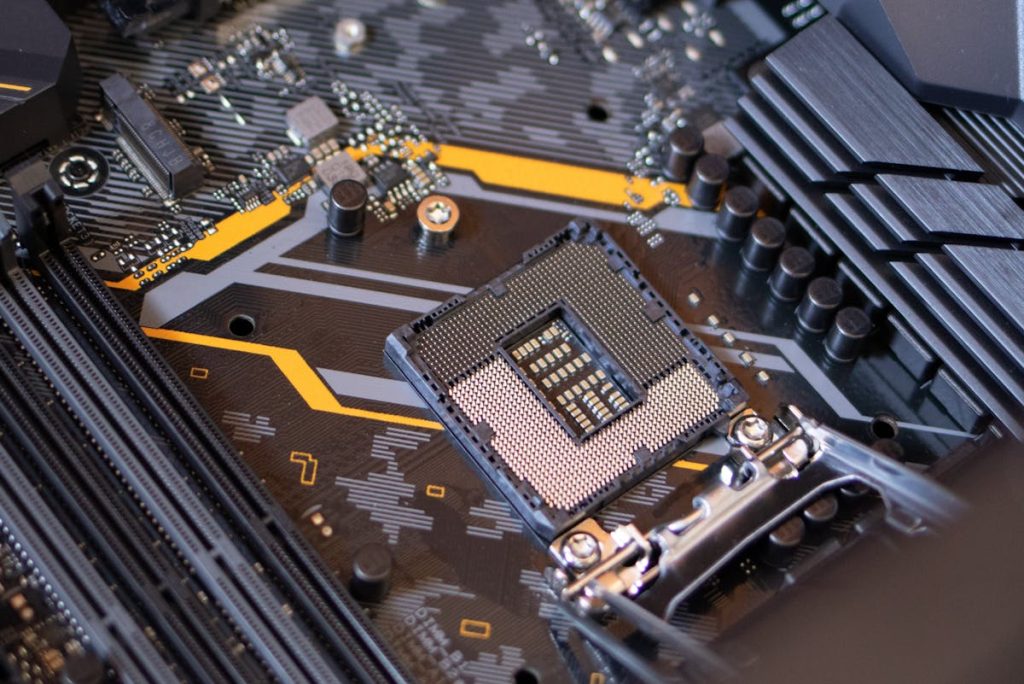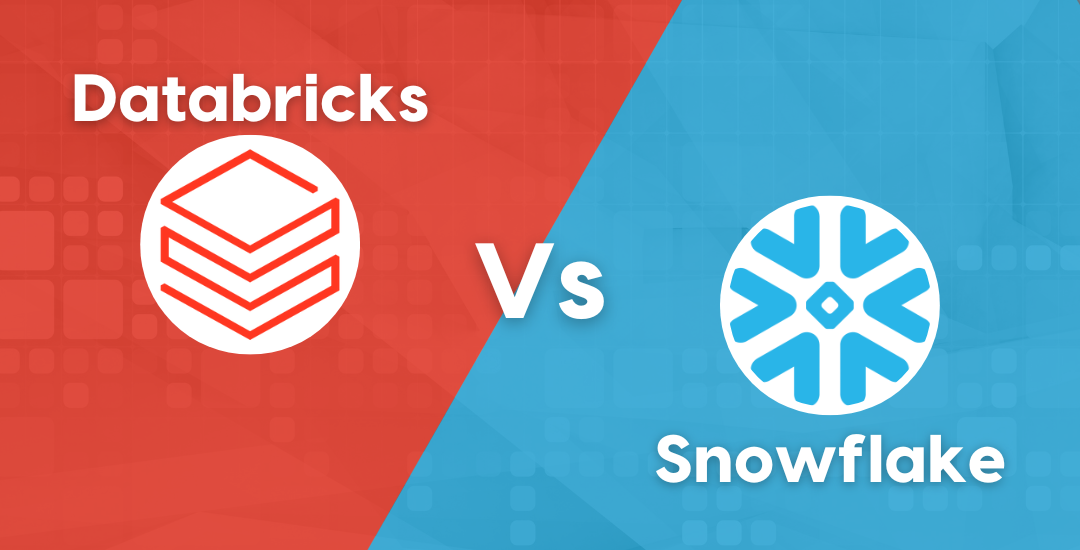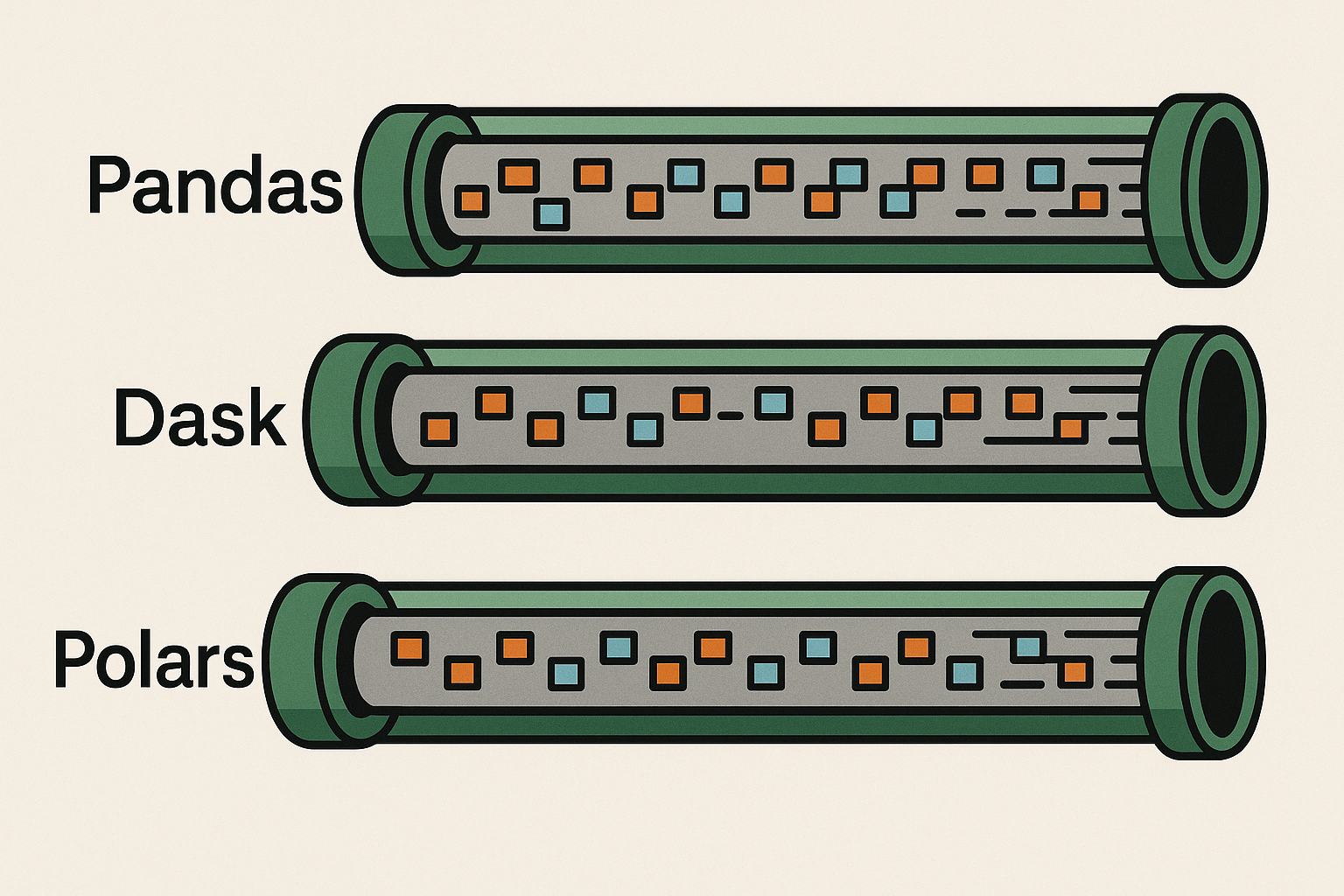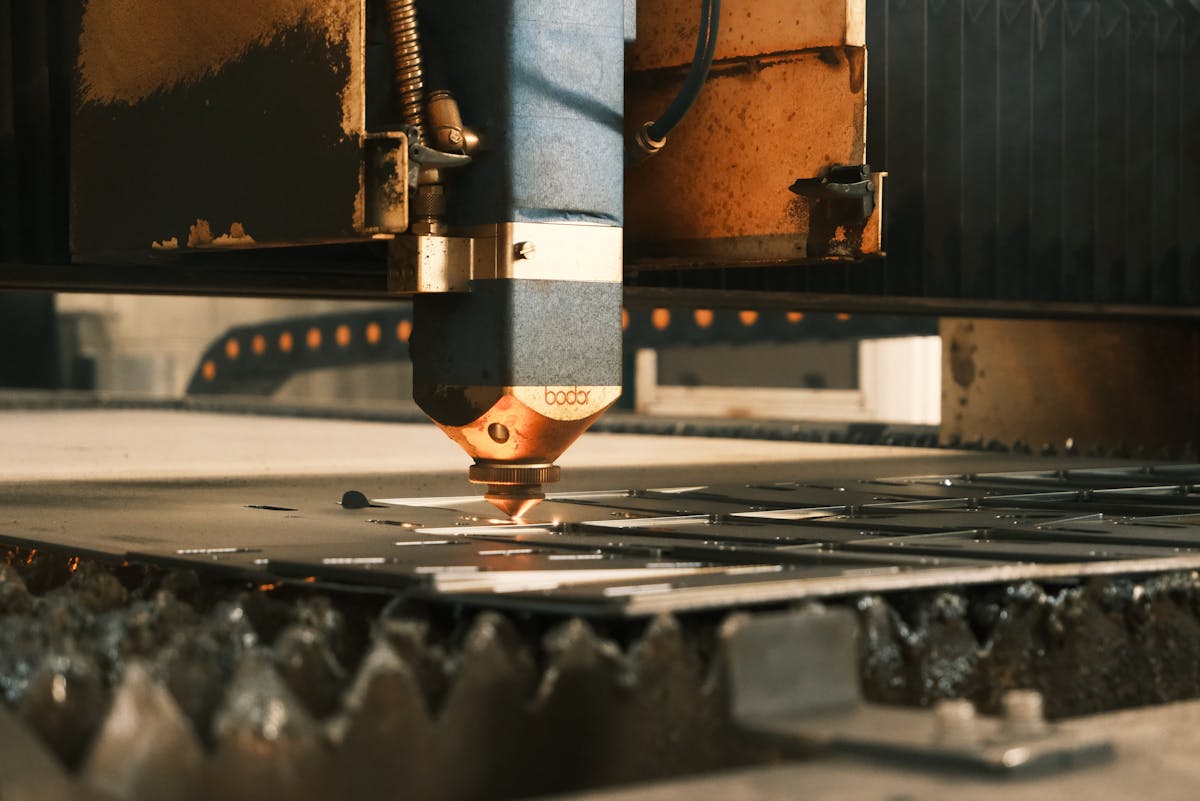What Makes Cryogenic Electronics So Crucial for Advanced Tech?
Cryogenic electronics is a specialized branch of electronics that operates at extremely low temperatures—typically below 120 Kelvin (-153°C). This field explores the behavior, design, and deployment of electronic devices under cryogenic conditions to leverage enhanced performance attributes such as increased speed, reduced thermal noise, and improved superconducting properties.
As global industries continuously push the boundaries of computing speed, quantum technology, and space exploration, cryogenic electronics has emerged as a transformative solution to overcome conventional thermal limitations. Understanding its types and applications unveils the revolutionary potential this discipline holds for the future of electronics and computation.
Types of Cryogenic Electronics
Cryogenic electronics can be broadly categorized based on the underlying technology and materials involved. Each type serves unique purposes across different scientific and industrial domains.
Superconducting Electronics
Superconducting electronics operate on materials that exhibit zero electrical resistance at cryogenic temperatures. These systems exploit phenomena such as the Josephson Effect to develop ultra-sensitive and high-speed devices.
- Josephson Junctions: Used in quantum computing and ultra-fast switching circuits.
- Superconducting Quantum Interference Devices (SQUIDs): Employed in sensitive magnetic field detection and biomedical imaging.
Cryo-CMOS (Complementary Metal-Oxide-Semiconductor)
Cryo-CMOS involves conventional CMOS technology adapted to function efficiently at cryogenic temperatures. This adaptation is particularly crucial in supporting quantum computing systems by providing classical control electronics that function within cryostats.
- Enhanced transistor mobility and decreased leakage currents are significant benefits.
- Integration with qubits at millikelvin temperatures improves quantum system fidelity.
Low-Temperature Semiconductor Devices
These devices are engineered using conventional semiconductors like silicon and gallium arsenide but are optimized for ultra-low temperature conditions.
- Useful in infrared sensors, space electronics, and astronomical instruments.
- Lower thermal noise contributes to higher signal-to-noise ratios and precision.

Modern-Day Implications and Applications of Cryogenic Electronics
The importance of cryogenic electronics is rapidly growing across industries. Its modern-day applications illustrate how critical this domain is to the progress of advanced technology.
Quantum Computing
Quantum computers operate at near-absolute zero temperatures, necessitating the use of cryogenic electronics to maintain qubit coherence and precision.
- Companies like IBM, Google, and Intel employ cryogenic controllers to manage qubit operations.
- Cryo-CMOS circuits serve as interface electronics for scalable quantum computing architectures.
Space Exploration and Astronomy
Outer space offers naturally cryogenic conditions, making cryogenic electronics ideal for space-based missions and observatories.
- Instruments on telescopes such as the James Webb Space Telescope utilize cryogenic detectors for deep-space imaging.
- Cryogenic amplifiers and receivers are crucial in radio astronomy and cosmic microwave background studies.
Medical Imaging and Diagnostics
Cryogenic electronics enhance the sensitivity and resolution of medical devices, particularly in magnetoencephalography (MEG) and MRI systems.
- SQUID-based devices can detect extremely faint biomagnetic signals.
- They are instrumental in neuroscience, enabling non-invasive brain function mapping.
High-Performance Computing (HPC)
With the rising demand for energy-efficient supercomputers, cryogenic electronics offer promising solutions by drastically reducing thermal losses and improving data throughput.
- Cryogenic memory and interconnects are being researched to overcome current semiconductor heat constraints.
- Integration with data centers may lead to more sustainable computing infrastructures.
Defense and Surveillance Technologies
The military employs cryogenic sensors for enhanced night vision, missile tracking, and secure communications.
- Cryogenic infrared detectors provide superior thermal sensitivity in surveillance.
- Ultra-sensitive signal processing in radar and sonar systems benefits from cryogenic conditions.
Conclusion
Cryogenic electronics represents a significant leap forward in the field of advanced technology, offering unparalleled benefits in sensitivity, efficiency, and computational power. From revolutionizing quantum computing to enhancing medical diagnostics and enabling deep-space missions, this discipline is poised to reshape the future of electronics across diverse sectors. As research and development in cryogenic systems continue to evolve, the adoption of these technologies will become increasingly critical in meeting the demands of next-generation innovations.








